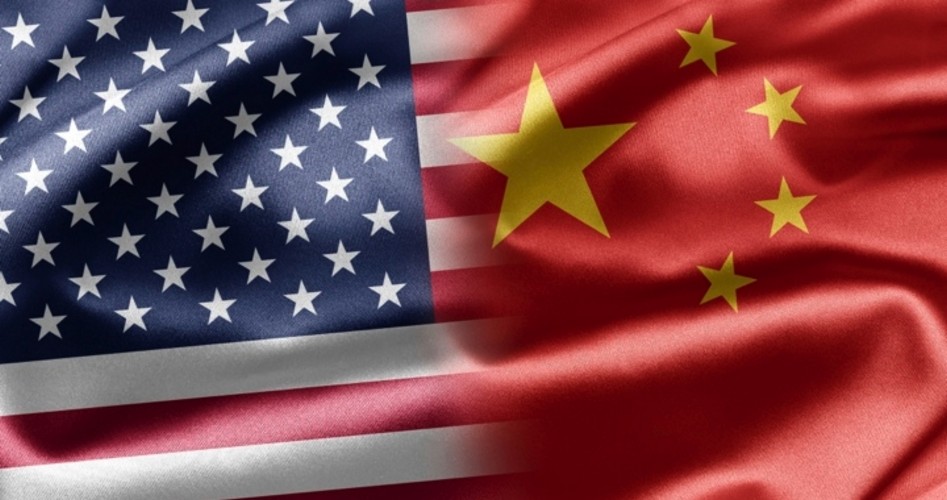Trans-Pacific Partnership to Facilitate U.S.-China Merger
According to some political pundits, a main reason for U.S. interest in passing the Trans-Pacific Partnership is to inhibit China’s economic dominance, but that’s far from the truth.
As if the current renegotiations for NAFTA (the North American Free Trade Agreement) weren’t enough, the American political scene may soon be exploding into a larger war over so-called free trade agreements that could make both the current battle over NAFTA and that of the early 1990s seem but a scruffy scuffle by comparison. The major fronts in this war include the North American theater, where our policy elites are renegotiating the NAFTA agreement, which was originally designed to merge the United States with Canada and Mexico — economically and politically — into a borderless North American Union (NAU), and now possibly the Pacific theater, where the same elites would like to merge us with the Pacific Rim countries — economically and politically — through the Trans-Pacific Partnership (TPP), now officially renamed the Comprehensive and Progressive Agreement for Trans-Pacific Partnership (CPTPP).
Economic Battle Against China?
We will be focusing here on the Trans-Pacific Partnership, which, most likely, may be the second of the two to see action in the U.S. Congress. But, unlike many of this magazine’s previous articles on the TPP, we will not be focusing so much on the content of the TPP agreement as on a very deceptive tactical feint its proponents are employing to disarm potential opposition. Here is the deception: TPP proponents know that a large American constituency is already very alarmed over the outsourcing of jobs and industry to China and the huge inroads that China is making into the American economy, especially in light President Trump’s recent announcement of placing tariffs on Chinese goods. So TPP advocates are telling this concerned audience that the TPP — which, at present, does not include China — will give American workers and companies a big new advantage against competition from China. In fact, this has been the same deceptive narrative of TPP advocates since President Obama and his administration were negotiating the agreement. However, these same TPP proponents are duplicitously telling other audiences that China will probably be admitted into the TPP and that, at any rate, the final game plan is to have the TPP subsumed into the larger planned Free Trade Area of the Asia Pacific (FTAAP), which will include not only Communist China, but Russia as well. As we will show below, the architects of the TPP have planned from the beginning to include China and openly acknowledge that the TPP is merely a “steppingstone” (their term) to U.S.-China convergence in the larger FTAAP.
JBS Member or ShopJBS.org Customer?
Sign in with your ShopJBS.org account username and password or use that login to subscribe.

 Subscribe Now
Subscribe Now
- 24 Issues Per Year
- Digital Edition Access
- Exclusive Subscriber Content
- Audio provided for all articles
- Unlimited access to past issues
- Cancel anytime.
- Renews automatically

 Subscribe Now
Subscribe Now
- 24 Issues Per Year
- Print edition delivery (USA)
*Available Outside USA - Digital Edition Access
- Exclusive Subscriber Content
- Audio provided for all articles
- Unlimited access to past issues
- Cancel anytime.
- Renews automatically


